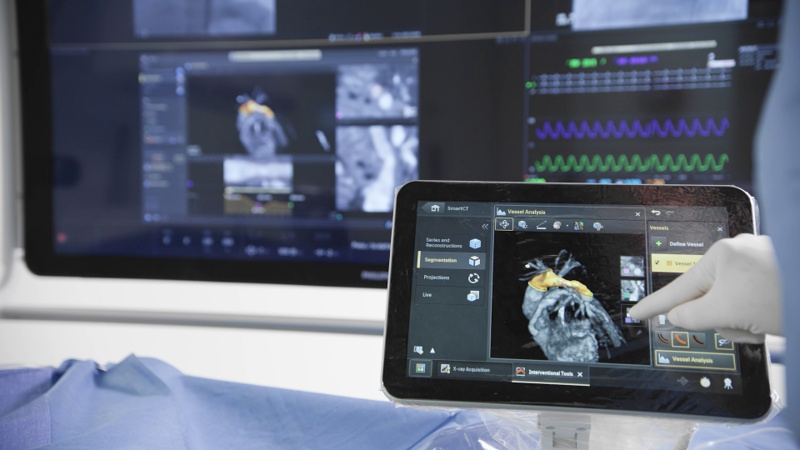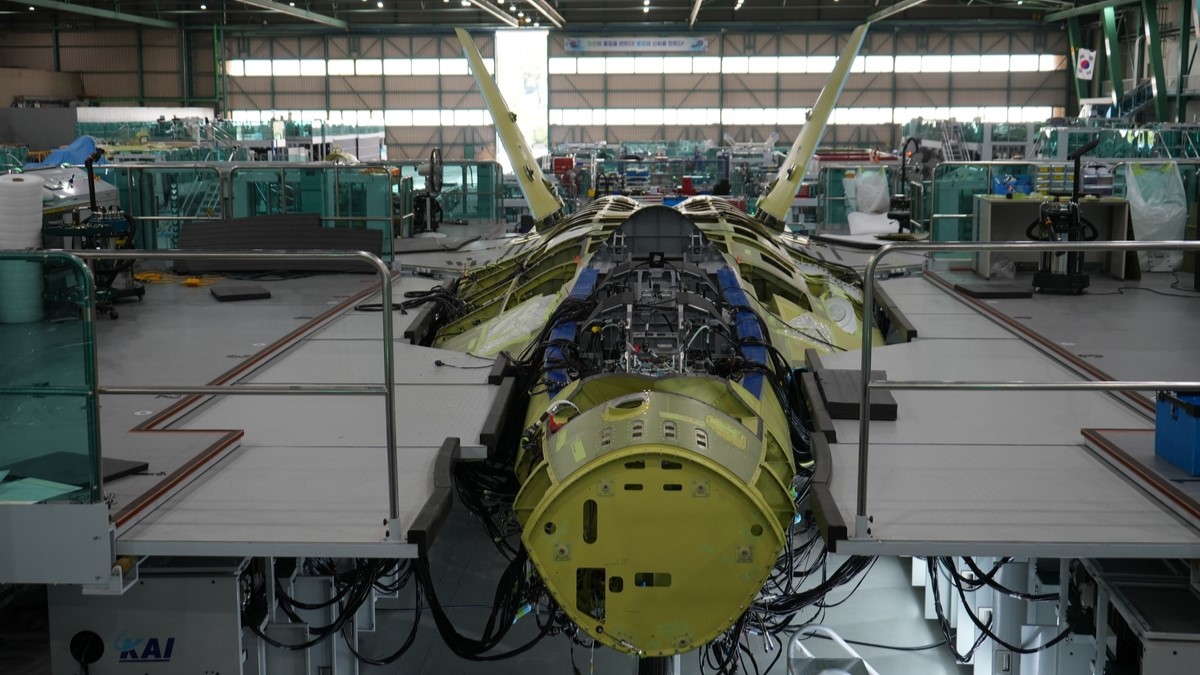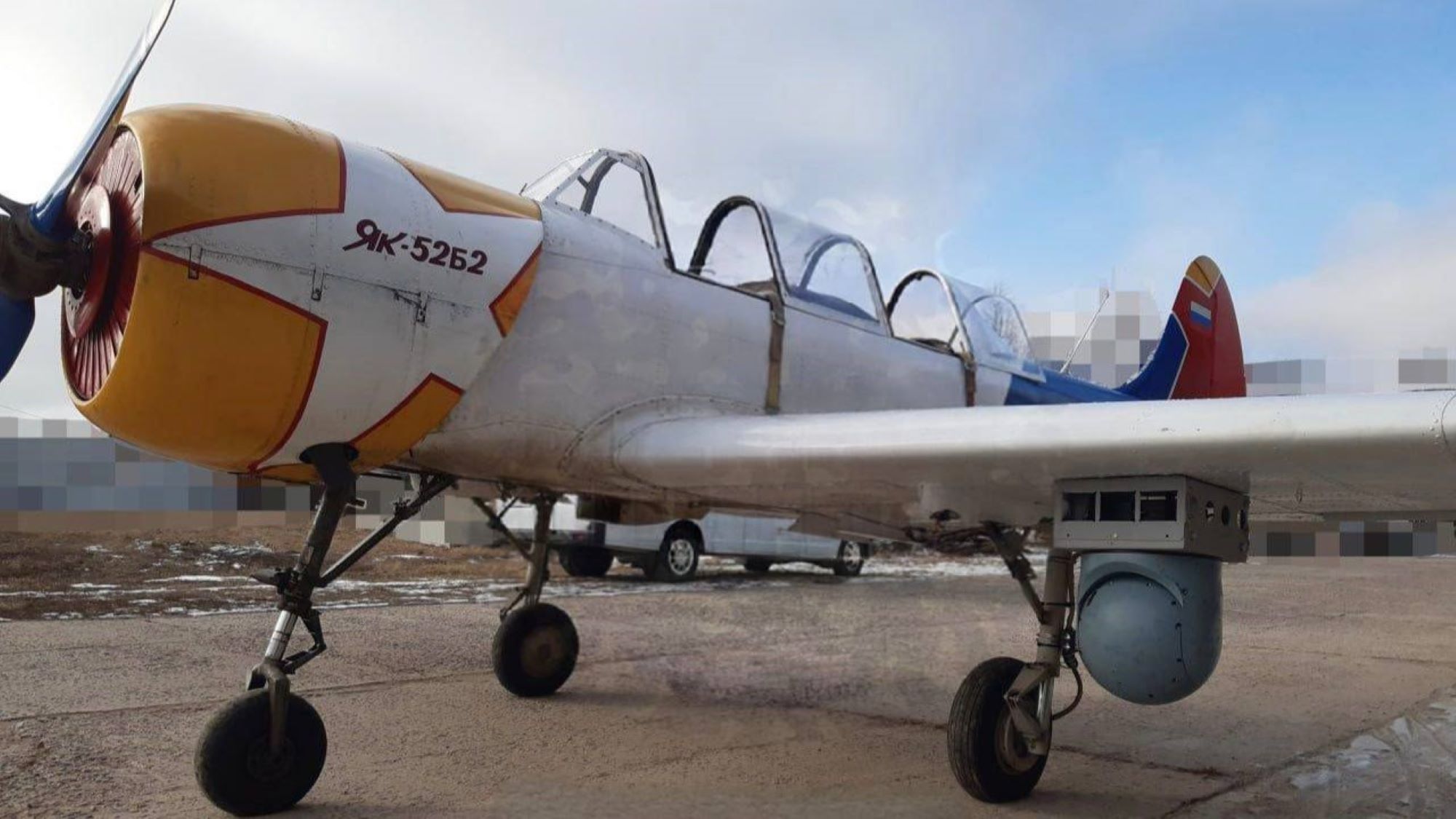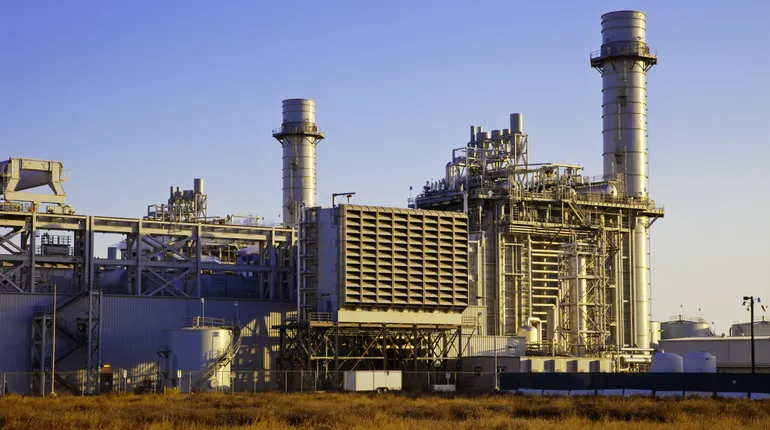Building on DoD demos, NOVI plans dual-use imagery constellation
Both the Air Force Research Laboratory and the Missile Defense Agency are now testing NOVI’s satellite sensor data processing computer and AI-powered software on orbit.


The key to NOVI’s remote sensing satellites is the startup’s AI-powered on-board processor for sensor data, according to CEO Michael Bartholomeusz. (Image: NOVI Space)
GEOINT 2025 — Las Vegas-based startup NOVI Space plans to launch the first two satellites for a planned remote sensing constellation next year — based on edge-computing technology it is demonstrating for the Defense Department — according to the company’s top executive.
“We’re a compute-in-space, an edge-compute infrastructure company that can be used by government and by commercial endeavors. Based on our defense safe harbor … we decided now to set up our own dual-use constellation for the government and for commercial space,” Novi CEO Michael Bartholomeusz told Breaking Defense during the annual GEOINT Symposium in St. Louis, Mo., on Monday.
The first two “VISTAsat” satellites will launch on SpaceX’s Transporter-16 and -17 rideshare missions in the first quarter of 2026, he said. The company’s ultimate goal is to orbit a 40-satellite constellation by 2028 that can provide “about a one-day revisit rate anywhere on this planet.”
The planned constellation will use “a combination of sensors,” Bartholomeusz said, with each satellite carrying a mix of some sensor types. The early satellites will include an electro-optical camera, a standard RGB (red, green, blue) digital camera, a 96-band hyperspectral camera and radio frequency (RF) sensors. Subsequent birds will incorporate high-resolution electro-optical cameras and a 600-band hyperspectral camera that includes shortwave and thermal infrared frequencies.
But the critical capability at the center of NOVI’s business plan to expand from its initial focus on DoD work into the commercial arena is its tiny, but high-powered, computer to process that sensor data on board the satellite, Bartholomeusz explained.
“What NOVI has developed for national security is compute on board the satellites,” he said, “because in military applications, time matters, latency matters.
“What we are doing is, inference algorithms are loaded onto the onboard computer. Data is collected, it’s analyzed, and then just the bits and bytes of information is sent to the interested assets,” he said. “So, it’s very small data packets. When you send small data packets, you don’t need to wait for a ground station pass. You can send it over channels like Iridium, for example.”
NOVI’s SP240 onboard computers and artificial intelligence/machine learning software have reached Technology Readiness Level 9, Bartholomeusz stressed, as “they’re flying on missions” including one for the Air Force Research Laboratory (AFRL) and another for the Missile Defense Agency (MDA).
AFRL selected NOVI in 2023 “to build a 3U satellite for a Low-Latency Intelligence and Monitoring Experiment (LIME),” according to the company’s website. That mission, which launched in January, involves “mapping” uplink and downlink transmissions from Iridium’s communications satellites in low Earth orbit (LEO) to validate the ability to send processed sensor data via those links.
NOVI was first tapped by MDA to demonstrate an on-orbit AI processing capability in 2022, and won a follow-on Small Business Innovation Research Phase II grant, worth $1.3 million, under the “Space Edge Experiments and Demonstrations (SEED)” project to produce a payload to be tested on the International Space Station.
NOVI’s SEED payload launched on April 25 on the Space Force’s Space Test Program-Houston 10 (STP-H10) mission, to test the capability of the onboard “processing hardware and machine learning algorithms to deliver near-real time actionable information,” according to a Space Force press release.
“For a small company to have hardware docked onto the International Space Station, it’s a pretty high hurdle. So, we’re really proud of that,” Bartholomeusz said.
By processing raw sensor data on board the satellite, Bartholomeusz explained, NOVI can tailor the type and volume of information and transmit it directly to users — saving not only time between when the data is gathered and when it is received by customers, but also saving money.
He stressed that the biggest barrier to the emergence of a real commercial market for remote sensing satellite data up to now has been high costs.
“You have to drive the cost down, make it seamless for people to use. And I think that’s why so many companies in commercial space retreated into the defense sector, because the defense sector has a bigger share of wallet farmers, miners, fishery departments, forestry departments, you aren’t going to find them lining up to buy apps they don’t have budget for so we have to, we have to break the back of that,” Bartholomeusz said.




















































































































































